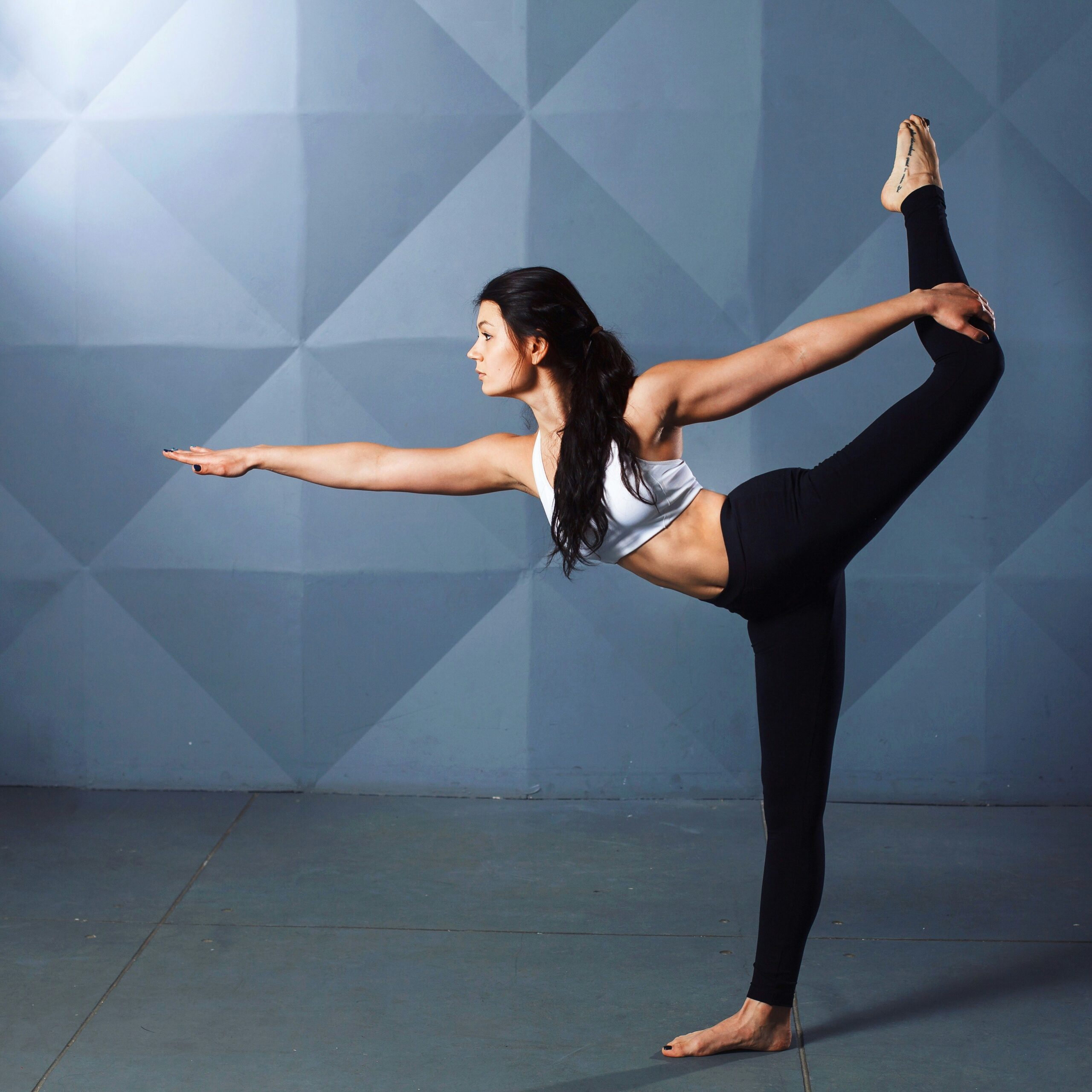Elevate Your Game with These Innovative Training Techniques
Every athlete, whether a weekend warrior or a seasoned pro, is on a quest for improvement. It’s that relentless drive that fuels early morning workouts, late-night practices, and the occasional cry of frustration when things don’t go as planned. But what if I told you that elevating your game doesn’t always mean grinding harder? Sometimes, it’s about training smarter. In this article, we’ll explore some innovative training techniques that can help you push your limits and reach new heights in your sport.
The Science of Training: Understanding the Basics
Before diving into specific techniques, it’s crucial to grasp the science behind training. The body adapts to stress—this is the fundamental principle of training. When you push yourself, whether through lifting weights, running sprints, or practicing your sport, you create small tears in your muscles. These tears heal stronger than before, leading to improved performance.
But here’s where it gets interesting. Overloading your muscles without proper recovery can lead to burnout or injury. Therefore, incorporating innovative training methods that emphasize recovery and adaptability can keep you in the game longer. (Trust me, I’ve learned this the hard way—there’s nothing worse than being sidelined!)
1. High-Intensity Interval Training (HIIT)
High-Intensity Interval Training, or HIIT, has taken the fitness world by storm in recent years. This training method involves short bursts of intense exercise followed by brief periods of rest or lower-intensity exercise. It’s a fantastic way to improve cardiovascular fitness, burn fat, and build endurance—all while keeping your workouts exciting!
Imagine sprinting all-out for 30 seconds, then recovering for a minute. Repeat this cycle several times, and you’ll be surprised at how much you can achieve in a relatively short amount of time. Some studies suggest that HIIT can lead to more significant improvements in fitness compared to traditional steady-state cardio.
For athletes, HIIT can mimic the stop-and-start nature of many sports. For example, basketball players often sprint up and down the court, followed by moments of rest. Incorporating HIIT into your training can help condition your body to handle those demands.
2. Functional Training: Moving Like You Play
Functional training focuses on exercises that mimic real-life movements. Instead of isolating muscles like you might in traditional weightlifting, functional training engages multiple muscle groups and promotes coordination and balance. This is particularly beneficial for athletes looking to enhance their performance in their specific sports.
Let’s take a soccer player, for instance. They need to sprint, change direction, and kick. A functional training regimen might include exercises like lunges with a twist, medicine ball throws, or agility ladder drills. This not only builds strength but also improves overall athleticism.
Personal anecdote: I once attended a functional training class that had us doing all sorts of wild moves with kettlebells and resistance bands. I felt like a toddler learning to walk, but I left feeling stronger and more agile than ever. Sometimes, getting out of your comfort zone is exactly what you need!
3. Mindfulness and Mental Training
Too often, we focus solely on physical conditioning, neglecting the mental aspect of training. But let’s be real—sports are as much a mental game as they are physical. Athletes need to be mentally tough, focused, and resilient. This is where mindfulness and mental training come into play.
Techniques like visualization, meditation, and breathing exercises can enhance an athlete’s mental game. Visualization, for instance, involves picturing yourself successfully executing a skill or winning a competition. It sounds a bit “out there,” but many elite athletes swear by it, claiming it boosts confidence and performance.
I remember interviewing a former Olympian who shared how visualization helped her prepare for the big stage. She’d sit quietly in a room, eyes closed, imagining every detail of her routine. The confidence she gained from these sessions was palpable and, quite frankly, inspiring.
4. Recovery Techniques: The Unsung Hero of Training
Recovery is just as crucial as the training itself—if not more so. Athletes often underestimate the importance of allowing their bodies to recover. Innovative recovery methods can help accelerate healing, reduce soreness, and prepare you for the next training session.
Enter techniques like cryotherapy, foam rolling, and active recovery workouts. Cryotherapy, which exposes the body to extremely cold temperatures, can reduce inflammation and soreness. Foam rolling, on the other hand, is a more accessible option that helps release muscle tightness and improve flexibility.
Active recovery workouts—such as light yoga or swimming—allow your body to recover while still moving. I once had a coach who insisted on a “rest day” that involved a leisurely swim rather than complete inactivity. At first, I was skeptical. But I felt rejuvenated afterward, and my performance in the following week’s training improved significantly. Go figure!
5. Sport-Specific Drills: Tailored Training for Peak Performance
While general training techniques can enhance performance, sport-specific drills are where the magic happens. Tailoring your training to mimic the demands of your sport is crucial. This can include agility drills for soccer players, shooting drills for basketball players, or plyometric exercises for sprinters.
Let’s say you’re a football player. Incorporating drills that simulate game situations—like catching under pressure or sprinting with sudden stops—can greatly improve your on-field performance. It’s not just about physicality; it’s about honing the skills that will give you an edge over your opponents.
In my younger days, I often found myself doing drills that felt repetitive and boring. But, looking back, those hours spent running through specific scenarios paid off when it came time for competition. It’s about putting in the work where it matters most!
6. Cross-Training: The Power of Variety
Cross-training involves incorporating different types of workouts to enhance your overall fitness. This technique not only prevents burnout but also reduces the risk of injury by balancing the stress placed on different muscle groups. For example, a runner might incorporate cycling or swimming into their routine to work different muscles while still improving cardiovascular fitness.
Additionally, cross-training can improve your performance by developing skills that may not be directly related to your primary sport. A basketball player, for instance, could benefit from yoga to enhance flexibility and core strength, or a tennis player could incorporate strength training to build powerful serves.
One of my favorite cross-training experiences was when I took up rock climbing. Initially, it was a challenging departure from my usual routine. But, surprisingly, it improved my grip strength and mental focus—a win-win!
7. Technology in Training: Embracing the Digital Age
We live in an era dominated by technology, and the sports world is no exception. From fitness trackers to apps that analyze your performance, technology can provide insights that were once unimaginable. Wearable devices can monitor heart rate, track distance, and even analyze your biomechanics, giving you data to tailor your training effectively.
Some athletes use video analysis to study their techniques, identifying areas for improvement. This can be particularly valuable for sports that require precision, like gymnastics or diving. I remember watching a coach break down a swimmer’s stroke frame by frame—what a revelation! It’s amazing how little tweaks can lead to significant improvements.
However, while technology can enhance training, it’s essential not to become overly reliant on it. Sometimes, the best insights come from tuning into your body and using your intuition. Balance is key!
8. Consistency and Adaptability: The Heart of Progress
While innovative training techniques can give you an edge, consistency and adaptability remain the cornerstone of success. It’s not enough to try out new methods sporadically; you need to commit to them over time to see real results.
Moreover, being adaptable in your training approach is crucial. Life is unpredictable, and sometimes your schedule may not allow for the ideal workout. Being able to modify your routine, whether it’s due to weather, time constraints, or even your body’s response to training, is essential for long-term success.
I recall training for a marathon and struggling with an unexpected injury. Instead of giving up, I adapted my regimen to focus on strength training and cross-training. It wasn’t the plan I envisioned, but it kept me in shape and ready to compete when the time came.
Conclusion: Elevate Your Game with a Holistic Approach
In the world of sports, there’s always room for improvement, and the journey is as exciting as the destination. By embracing innovative training techniques and fostering a holistic approach—one that balances physical, mental, and emotional aspects of training—you can elevate your game to new heights.
Remember, it’s not just about the hours spent in the gym or on the field; it’s about integrating various methods, staying adaptable, and most importantly, enjoying the process. Whether you’re hitting the track, the court, or the field, make sure you’re not just training hard but training smart. After all, the goal is to perform at your peak while keeping the love for your sport alive. Now, go out there and elevate your game!




